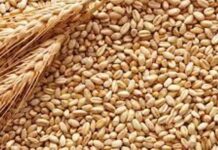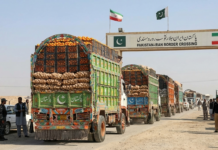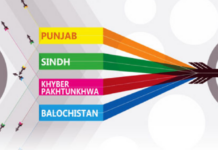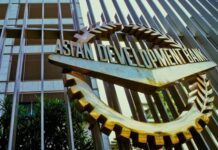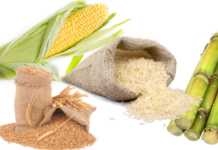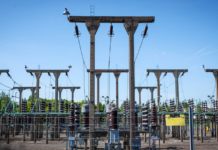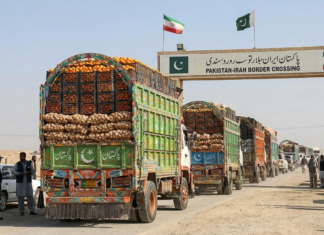The lifeblood of Pakistan’s agriculture—the mighty Indus River and its tributaries—is under threat. In a recent journey across key barrages in Punjab and Sindh, I witnessed a stark contrast in water quality, flow, and infrastructure—exposing a deepening crisis that directly affects millions of farmers and rural communities.
Sulemanki & Islam Barrages: A Toxic Reality
On March 26, 2025, I set off from Lahore before dawn, heading toward the Sulemanki Barrage via Okara. What greeted me there was appalling: black, polluted water laced with white toxic froth. While the stench was bearable, the visual impact was devastating. I was told January and February are the worst, with only sewage flowing during those months. Locals and officials confirmed that standing near the barrage during winter is nearly impossible due to the foul odor.
Water for agriculture is critically scarce. Groundwater is brackish and unsuitable, making canal water the only viable source. Yet, during the winter, the ratio of river water to wastewater deteriorates drastically, often reaching 0:100.
Pollution sources span both India and Pakistan. The infamous Hudaira Drain—carrying industrial and urban waste from both countries—is a primary contributor. Lahore’s sewage, nearly half of Faisalabad’s waste, and effluents from Kasur’s tanneries all find their way into the Sutlej via the Ravi, poisoning downstream regions like Sulemanki and Islam Barrages.
Cholistan’s Disturbing Dependence on Polluted Water
What struck me most was the disturbing reality in remote Cholistan: this same contaminated water is used for drinking (after boiling), cooking, and washing. This is a humanitarian crisis in the making.
During my stop near the Sulemanki border, I paid tribute at the memorial of Major Shabbir Sharif Shaheed (N.H., S.J.), a symbol of courage and sacrifice. His legacy deserves better than polluted waters flowing past our national frontiers.
Punjab’s Water Woes: Scarcity Amid Pollution
I proceeded to Head Islam in the evening and found a repeat of Sulemanki’s toxic tale—severely polluted water and insufficient flow for farmers. The situation was slightly better at PunjnadBarrage, where pollution levels were lower, yet water scarcity remained stark.
Officials at all barrages spent their time managing water distribution requests, highlighting the systemic strain on already limited resources.
Sindh Barrages: A Tale of Serene Contrast
Crossing into Sindh the next morning, I arrived at GudduBarrage—a breath of fresh air. Clean, energetic flows of the Indus reminded me of what this river once represented. Of the four off-taking canals, Pat Feeder and Ghotki Feeder were actively flowing. The sight was rejuvenating. The only canal on Guddu and Sukkur was the Rainee Canal which was closed off.
At Sukkur Barrage, I was moved. It was majestic. Despite being in the dry season, the Indus flowed gracefully. Sukkur, the world’s largest irrigation system, services over 8 million acres through seven major canals. While the right-bank canals, especially the mighty Nara Canal, were thriving, the left-bank canals received noticeably less flow—partially due to natural changes post-2010 floods.
All left bank canals were flowing with gates slightly open. Kirther had more flow, Rice and Dadu canals had slightly less flow. The left-bank canals, however, looked like the neglected stepchildren. Post-2010 floods, a large island formed near the left side of the barrage, changing the river’s natural flow. Whether it’s science or politics, the result is the same: right-bank canals get the lion’s share while the left gets table scraps.
Still, I must say—Nara Canal in winter is graceful, silent, and dangerously underrated. The work being done on Nara Canal is commendable: cemented embankments and modernized infrastructure. Just one humble request to Sukkur authorities: fence it before a curious kid decides to take a swim and discovers it’s deeper than their dreams.
Karachi Wastewater and the Indus Delta: A Missed Opportunity?
A key question lingers: if Punjab is forced to use all its wastewater for agriculture, why can’t Karachi’s wastewater be repurposed to rejuvenate the Indus Delta and support mangroves? The ecological and agricultural benefits could be immense.
A Call to Action: Visit, Witness, and Reform
Driving back toward Lahore, I noticed dry canals and distributaries reappearing across Punjab. Bahari Distributary, the last one I passed before nightfall, was bone-dry.
I urge every stakeholder—policymakers, environmentalists, engineers, and ordinary citizens—to visit these barrages, especially Sukkur and Sulemanki. See the truth for yourself.
The time for policy papers and desk discussions is over. Action is needed now.


